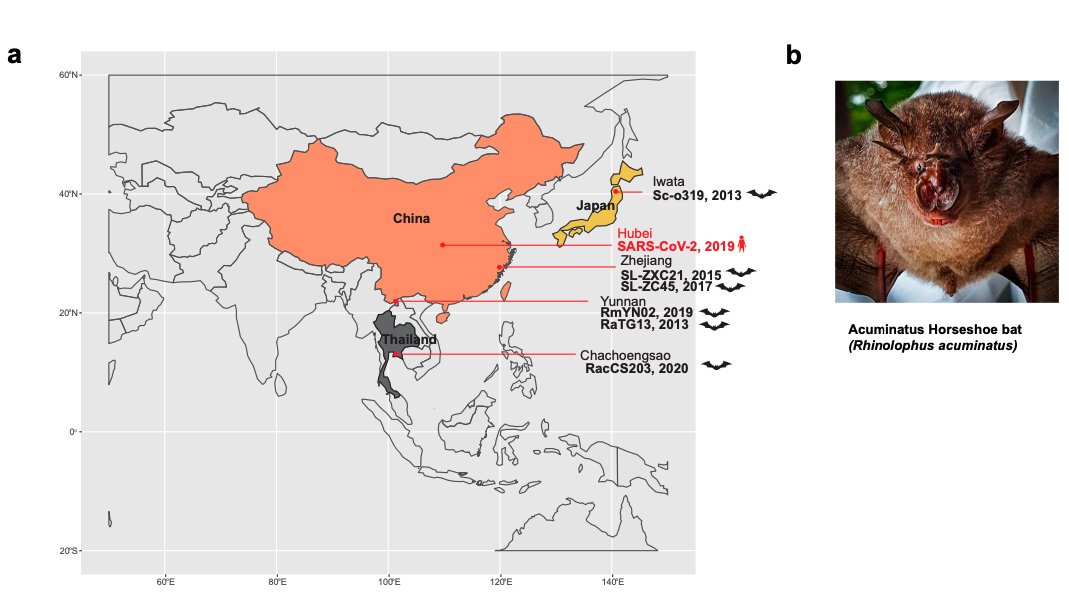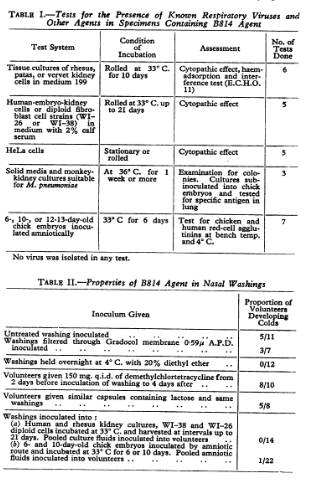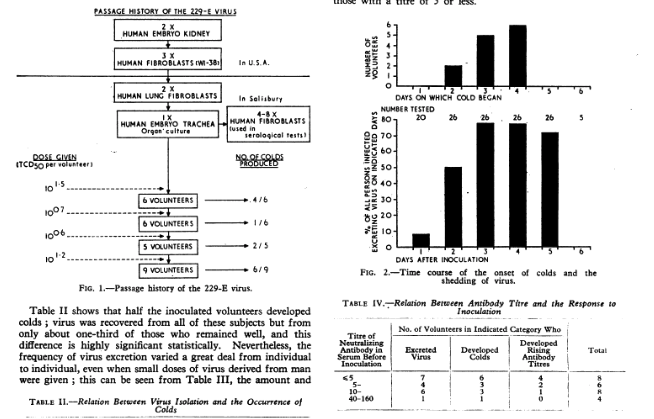
Hello prospective #students! Applying to a laboratory for graduate studies? Don’t make these common mistakes. I often notice these in emails and they instantly dampen my enthusiasm. A 🧵 on tips for your first contact email with potential thesis supervisors. #AcademicTwitter
Don’t get the PI’s name wrong. I know this seems like a no brainer, but it is more common than you think. If you are unsure of the person’s gender/pronouns, refrain from using them. I get called Ma’am so many times! 🤦🏽♂️
If you are copying and pasting the body of your email, ensure the fonts and font sizes are consistent. I just received an email with mismatched font sizes and it doesn’t inspire a response.
Try to get the PI’s expertise right. Don’t copy/paste from an email that you sent to a botanist for a position in virology. If you can’t find the time, trust me, the faculty member won’t have the time either.
Try to demonstrate enthusiasm in pursuing a topic of research that is being actively worked on in the lab. You can do this by looking up the lab’s recent publications. If the lab has a website, try to familiarize yourself with the lab’s research.
In your first email, be succinct but highlight your expertise. How can you contribute to the lab, your goals, and your previous expertise that makes you a good fit. No worries if you don’t have the expertise. Mention you are willing to learn. For me, enthusiasm is the first step.
You may also attach your CV, unofficial transcripts, and letter of motivation. But I don’t always expect these in the first email. If the email catches my attention, I generally request for these documents, followed by an interview with the lab.
So, don’t just copy/paste generic emails starting with Dear Prof. Take some time and show that you are really enthusiastic about the lab and the science. If you don’t get a response in 3-4 days, send a reminder. Sometimes we forget. But don’t spam us everyday.
If your email is tailored to a lab and indicates your interest in pursuing research within the lab, or new ideas that may open up additional avenues for the lab, I am confident that the PI will respond. We are all in this for our curiosity and the rush of scientific discoveries.
Also, don’t forget to ask as many questions as you may have. The lab will need to be a good fit for you, just as much as you need to be a good fit for the lab. Ask critical questions and choose what’s best for you and your goals.
I’ll do another thread later on what to ask when choosing a lab.
#END #phdlife #GraduateLife #StudentLife
#END #phdlife #GraduateLife #StudentLife
• • •
Missing some Tweet in this thread? You can try to
force a refresh


















